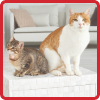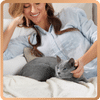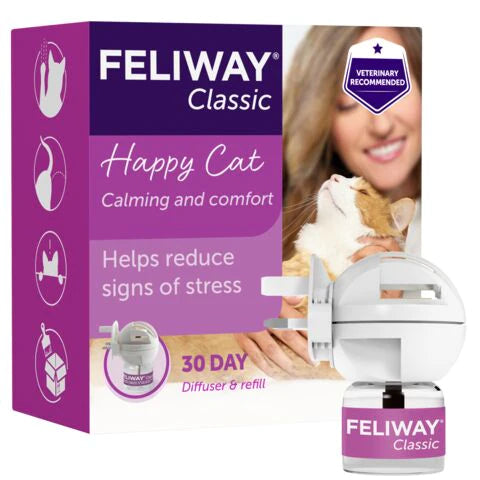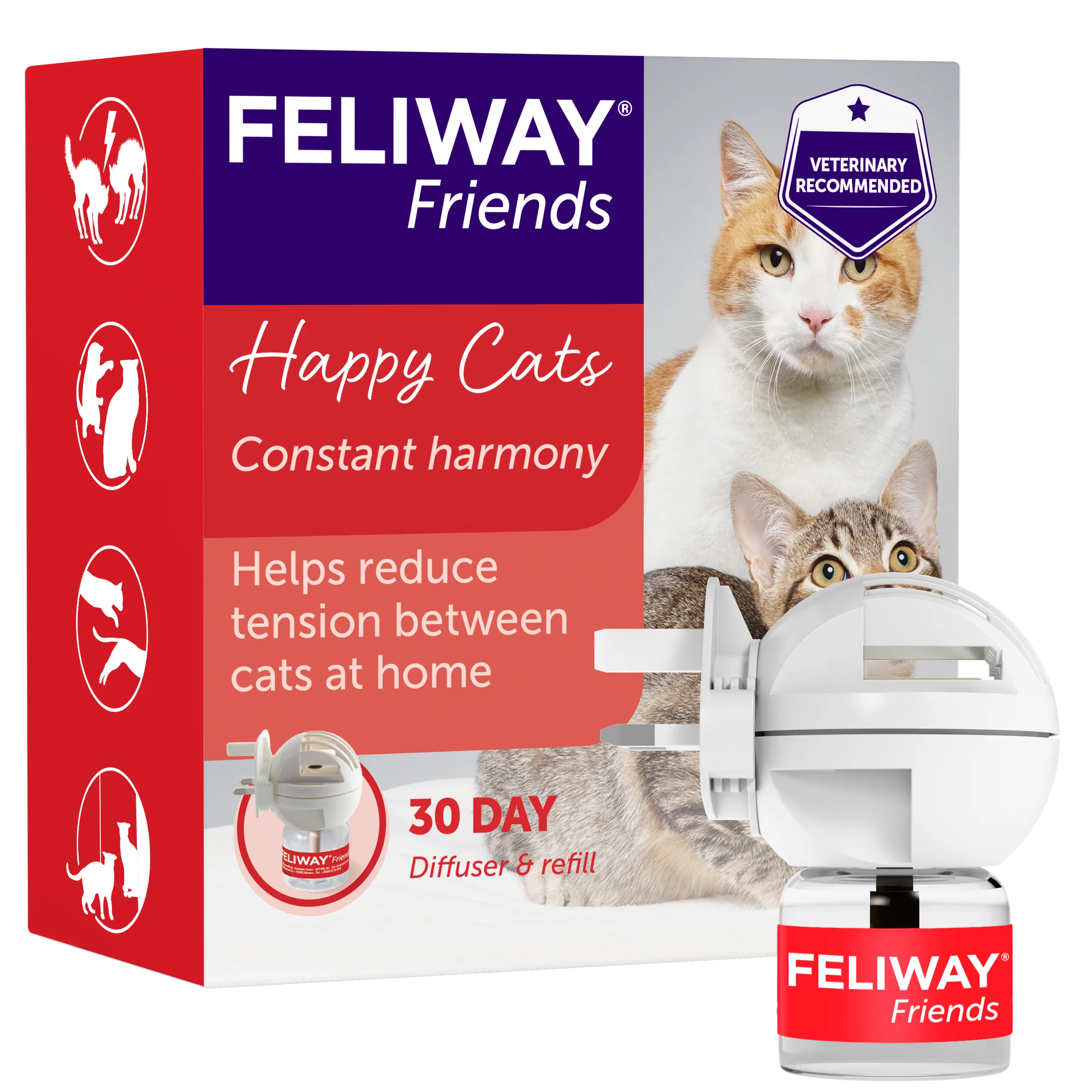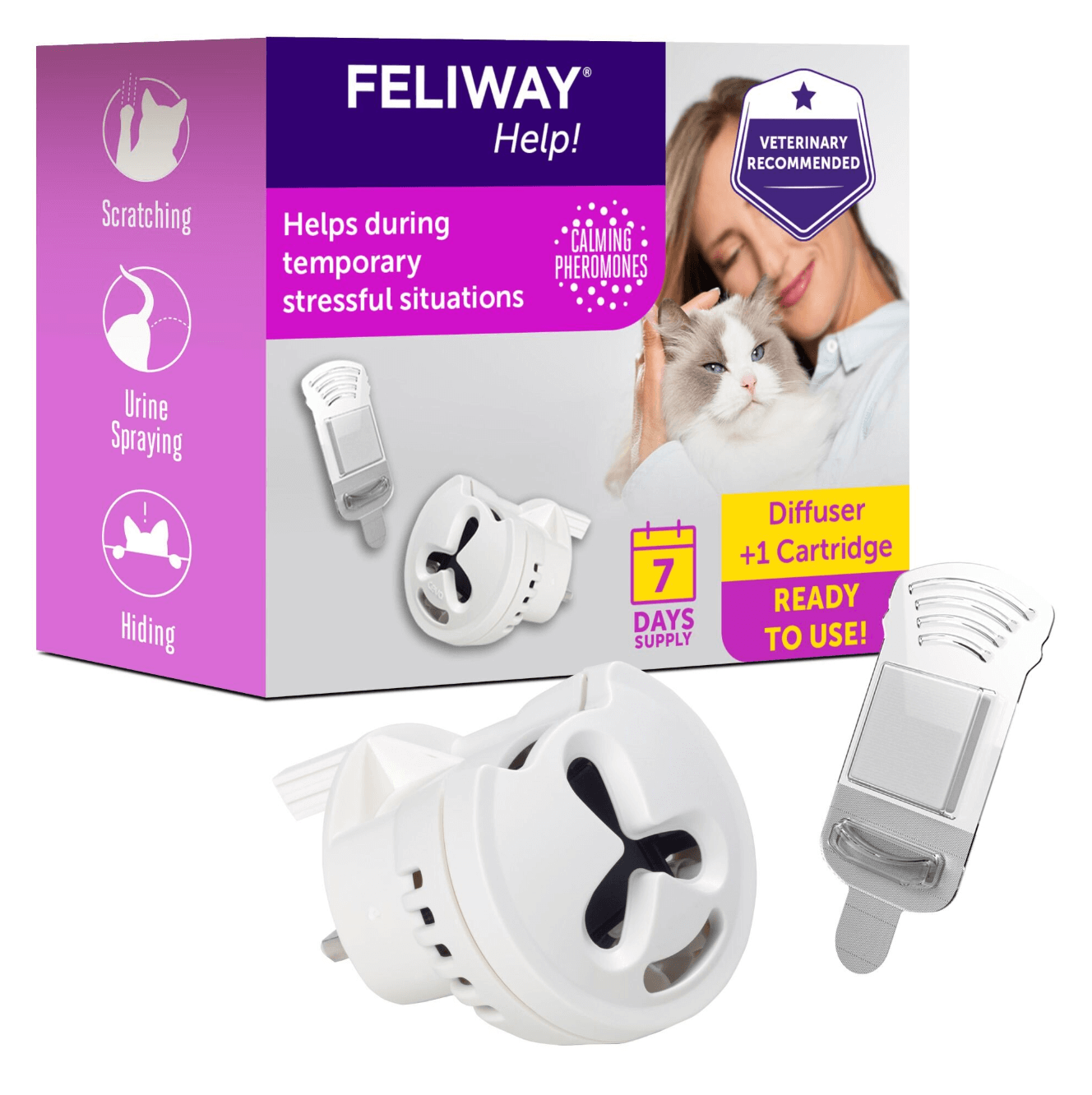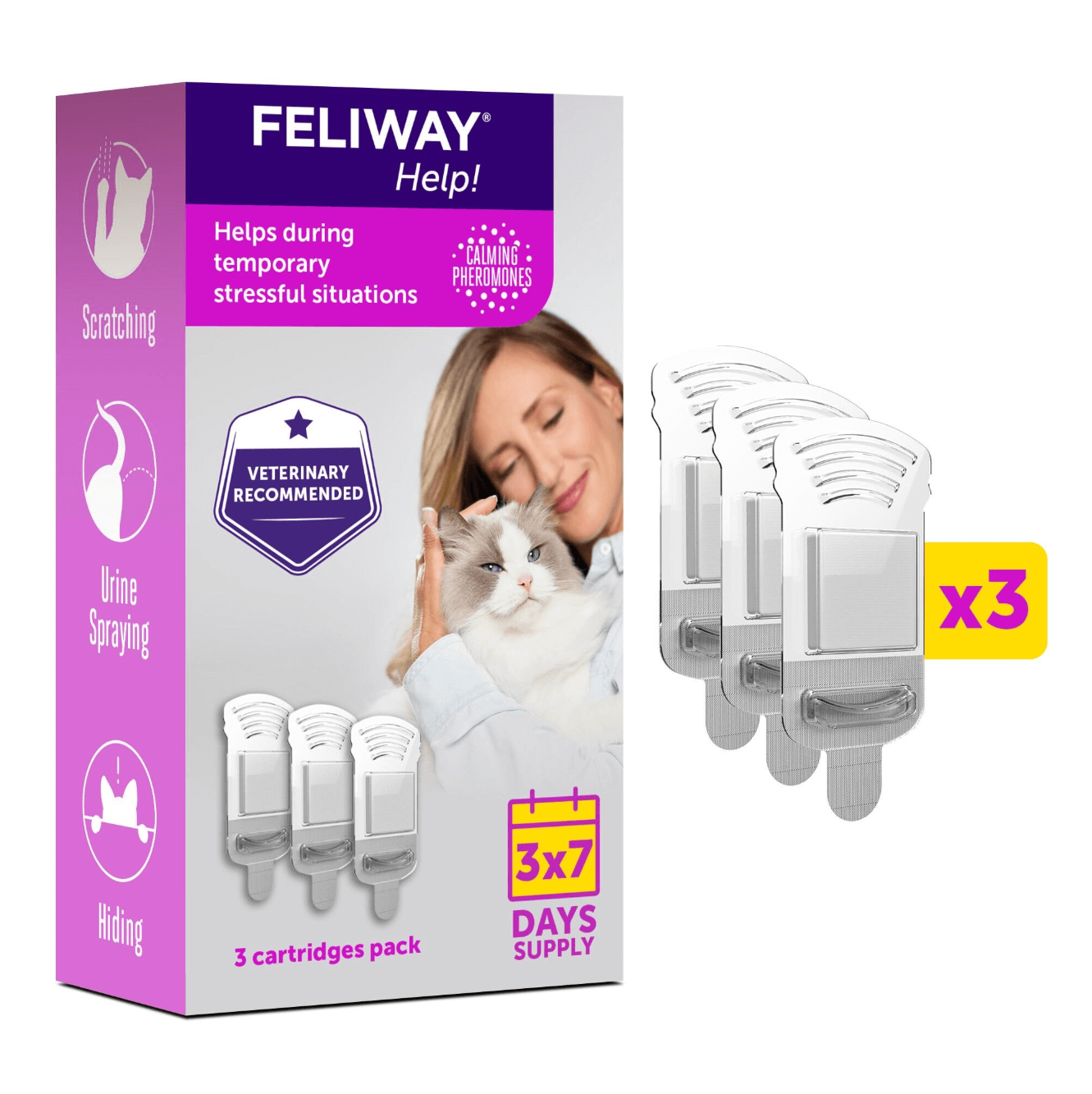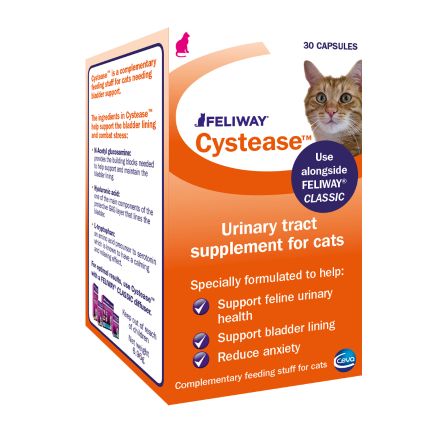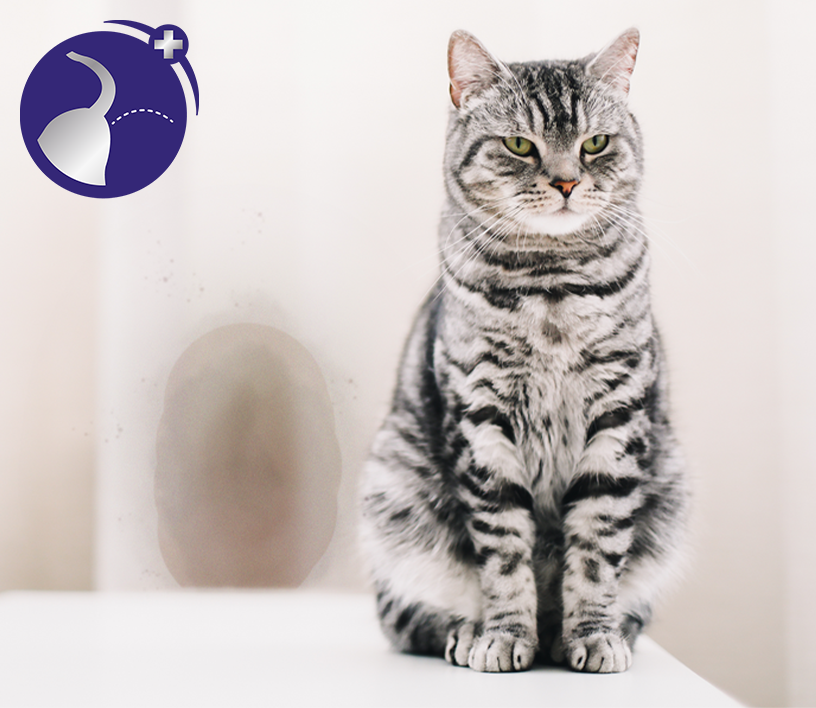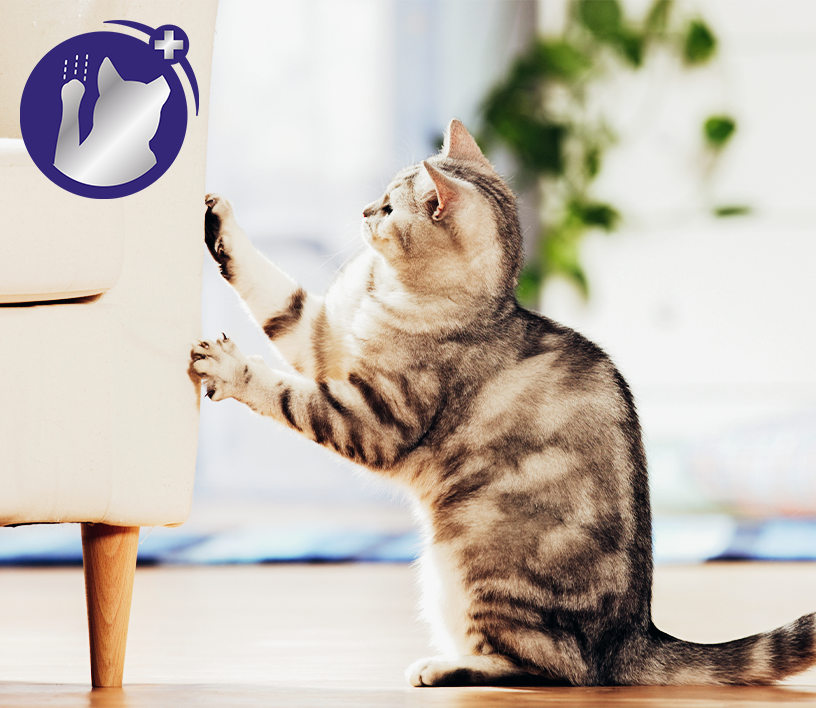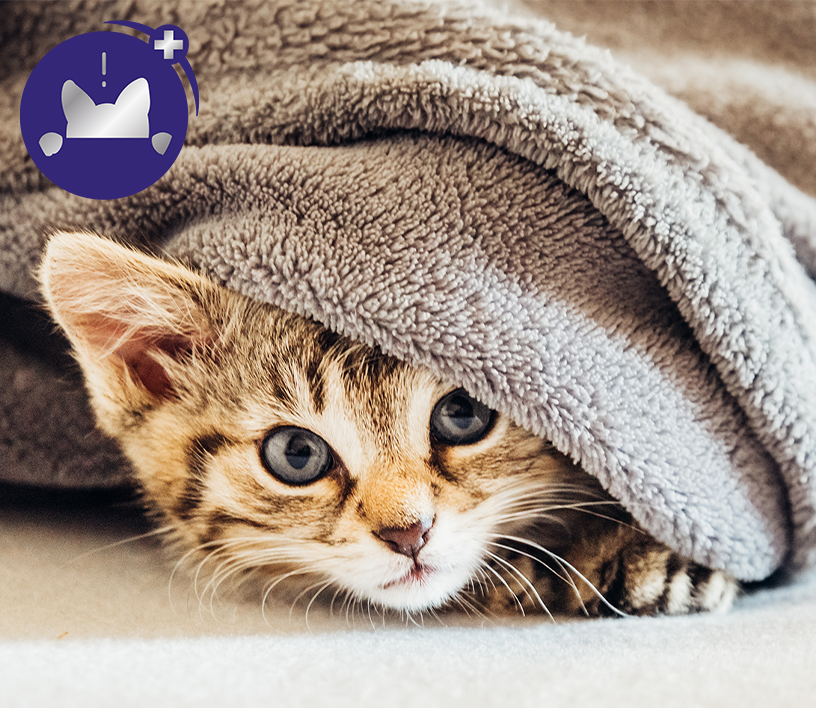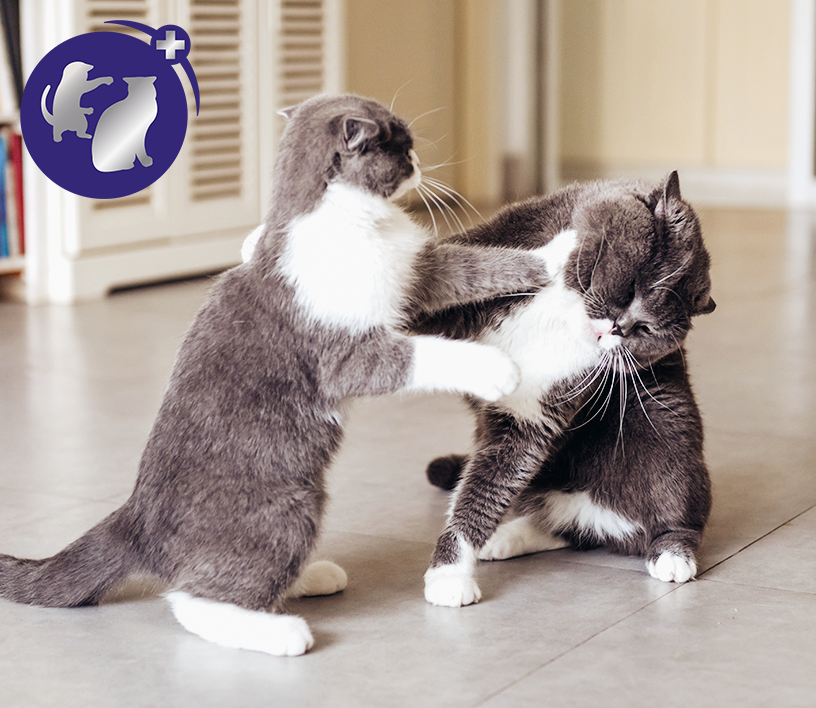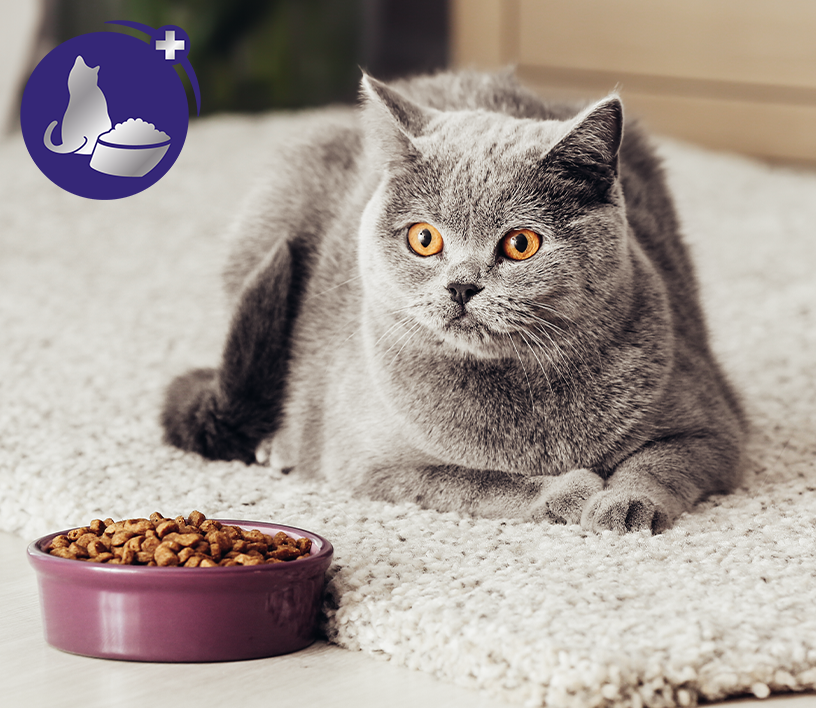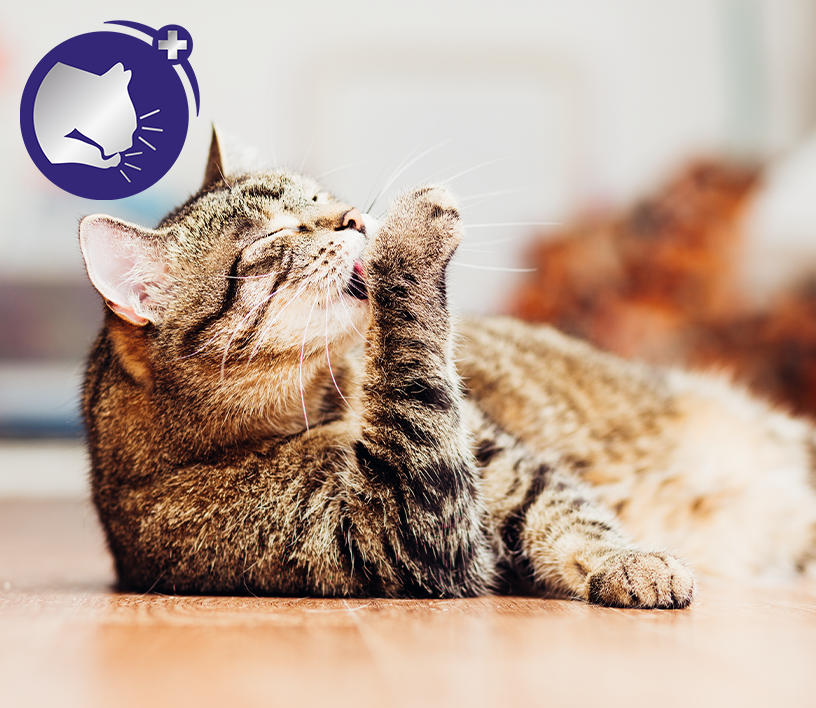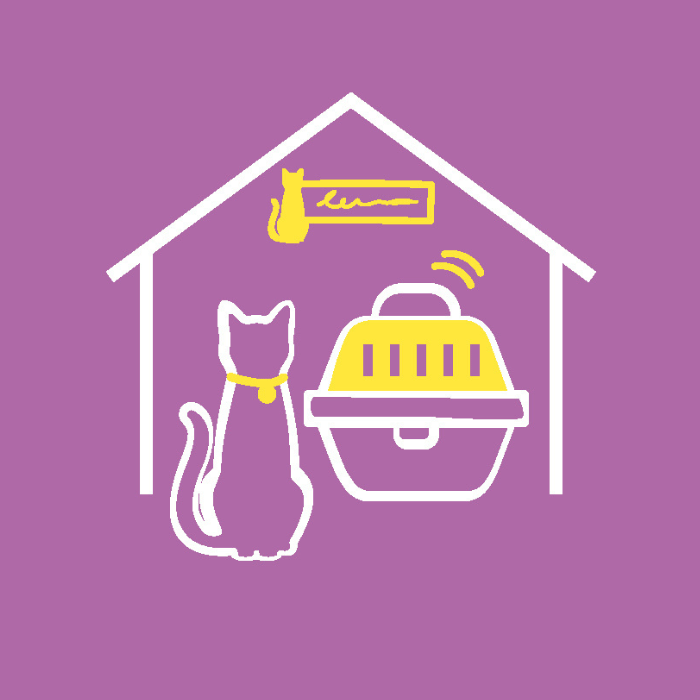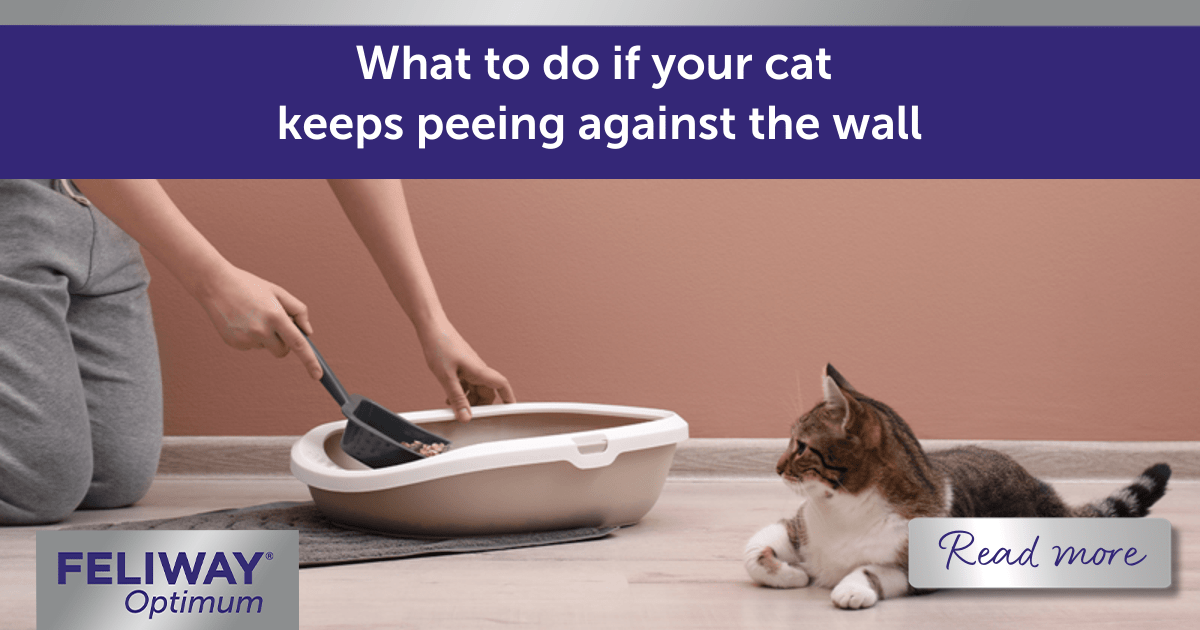
What To Do If Your Cat Keeps Peeing Against the Wall
Although frustrating, it is not uncommon for a cat to urinate outside the litter tray. Unwanted urination, where a cat repeatedly pees against the wall or other vertical surfaces in the home – can be a natural response for your cat, but be upsetting for a pet parent. So when it happens, it’s important to work out the reasons why, and resolve or redirect!
By Jimmy Bratley
BSc BVetMedSci BVMBVS MRCVS - Veterinary Advisor
Urine marking or unwanted urination? How to tell the difference
First, we need to understand the difference between urine marking or ‘spraying’ and house soiling/ unwanted urination. Urine marking/spraying is a form of cat ‘communication’. Often, spraying indoors is a response to stressful situations, and can be a sign that your cat doesn’t feel completely secure. Urine spraying is also a marker to show a cat’s territory. Particularly outside, you might see a cat spraying trees, bushes, fences and other objects. This is typical! They are alerting other cats of their presence, and the area they have claimed as their space. Cats can also use urine marking to let other cats know when they are looking for a mate.
Unwanted urination is different to spraying or ‘urine marking’ however. Let’s explore:
Urine marking
If you spot your cat standing with their tail upright (it may be quivering too) and a small amount of urine is sprayed backwards onto a vertical surface, they are urine spraying to mark their territory. Typical places are against a wall near a door, window, or on curtains or a sofa.
When marking, a cat’s urine smells pungent. This is because the urine is concentrated and it also contains extra communication chemicals that have a strong smell for humans. These communicate messages to other cats, such as ‘I am here’ or ‘I am a male cat’!
As we know, cats don’t like change, and any changes in the house or in their daily routine can make them feel insecure, leading to urine marking. For example, bringing new items into the home can make them feel anxious, so they may urine mark the item or somewhere close by to make them feel more secure.
In addition, often a cat that urine marks a wall or other vertical surface will still use their litter tray for urination and defecation.
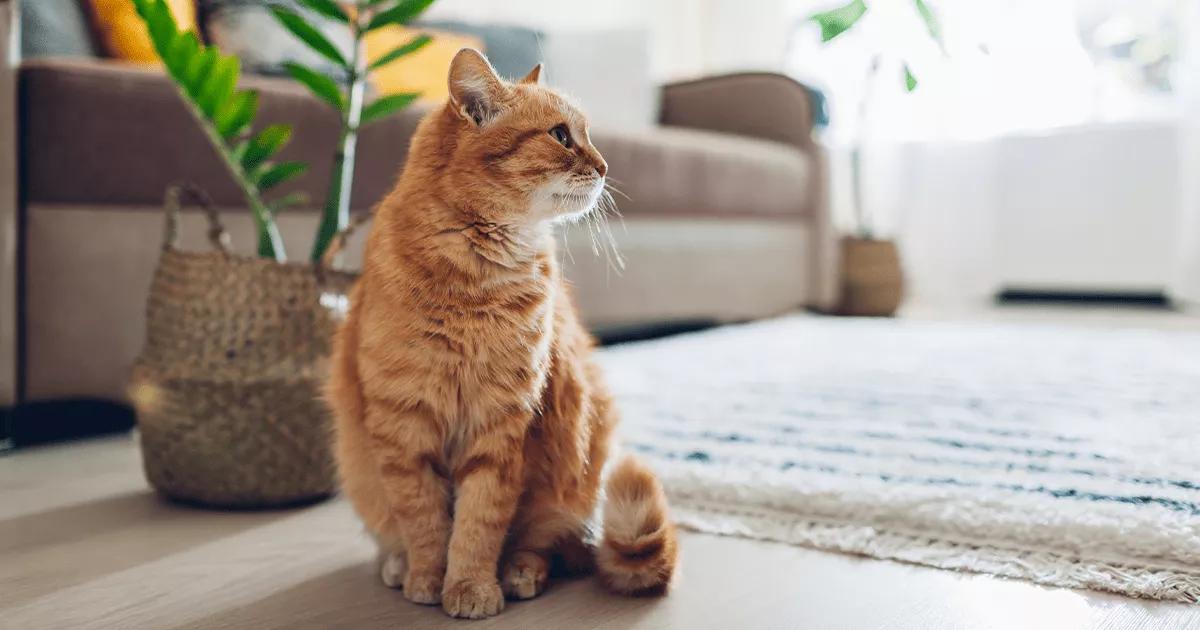
Reasons for urine marking
Any change in a cat’s routine or around the home can be stressful for a cat, and therefore they may start urine marking. This can range from the arrival of a new baby to another cat joining the household, to having visitors, or even redecorating.
Tips to help your cat stop urine marking
As soon as you see your cat urine marking, it’s important you clean up immediately – the quicker you act the better. This should help prevent your cat from feeling encouraged to repeat the behaviour.
- If the mark is fresh and on a hard surface, blot it up thoroughly and clean with a non-ammonia based cleaning product. (Ammonia can smell like urine and encourage your cat to return).
- If the mark is on soft furnishings, this may be trickier, but use an appropriate enzyme-based product for the fabric and leave it to work its magic before vacuuming the area.
- Create a reassuring environment by using FELIWAY Optimum in the room where they are spraying, and you can use FELIWAY Classic Spray on urine-marked areas to help prevent your cat from returning to mark again.
House soiling / unwanted urination
There are many different behavioural reasons for a cat to begin to urinate in areas other than their litter tray – frustration or stress can result in a cat changing their urinating habits.
If you see your cat squatting and peeing on a horizontal surface, such as a carpet, cushions, your bed – or, indeed, anything else outside the litter tray – they are house soiling (rather than urine marking).
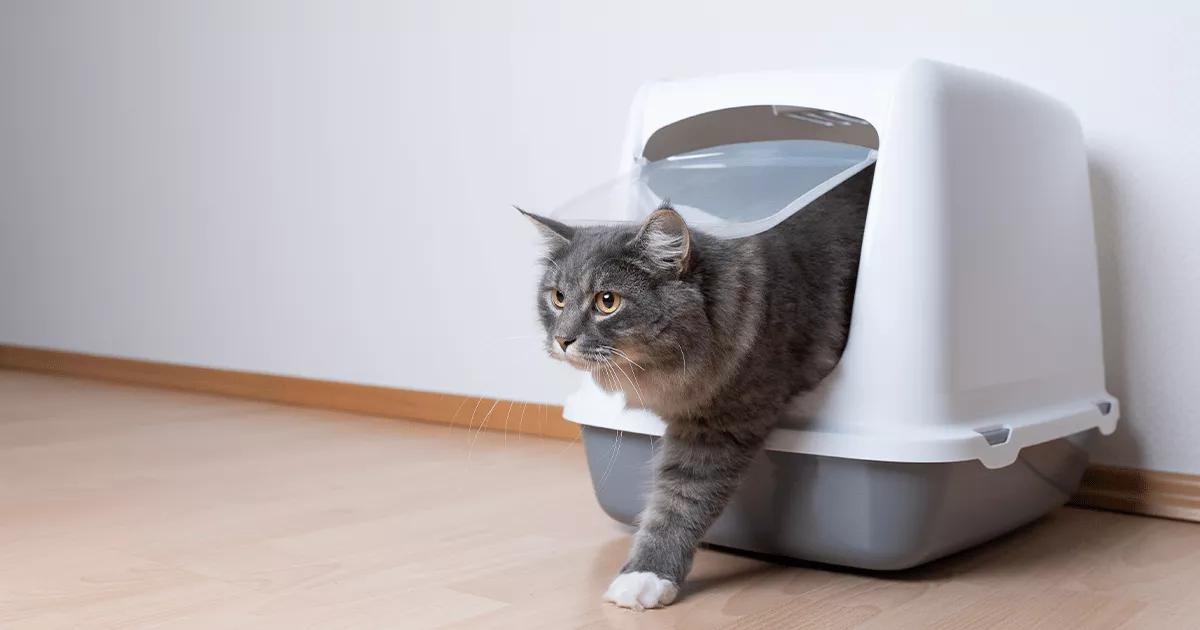
Reasons for house soiling / unwanted urination
- Medical reasons: your cat may have a urinary tract infection, bladder stone or crystals, or an inflammatory disease. Cats that are drinking more because they have kidney or liver disease, or diabetes, may urinate more. If you notice that your cat has suddenly changed their behaviour, or isn’t using their litter tray when they would normally, get them checked out by a vet, to determine if any of these illnesses apply.
- Behavioural reasons: the litter tray might not be in the right location and be making your cat feel uncomfortable when using it – for example, it may be too small, too close to the washing machine, or in some other place that is not discreet and has a lot of noise. Or perhaps they don’t like the substrate; or your cat may be getting older and is having difficulty getting in and out of the tray.
Tips to help prevent house soiling and inappropriate urination
Consider any changes that may have happened recently in the home that coincide with your cat starting to urinate outside the litter tray – is there anything you can do to help your cat with this change? Perhaps you need to limit access to a newly decorated room until the strong smells have dissipated, or plug FELIWAY Optimum into the room to help them feel at home.
Whether you have an indoor-only cat, or a cat who sometimes goes outside, a litter tray should always be in the home, as there may be times that your cat can't get to where they want to toilet (due to the weather, other cats, or landscape changes etc).
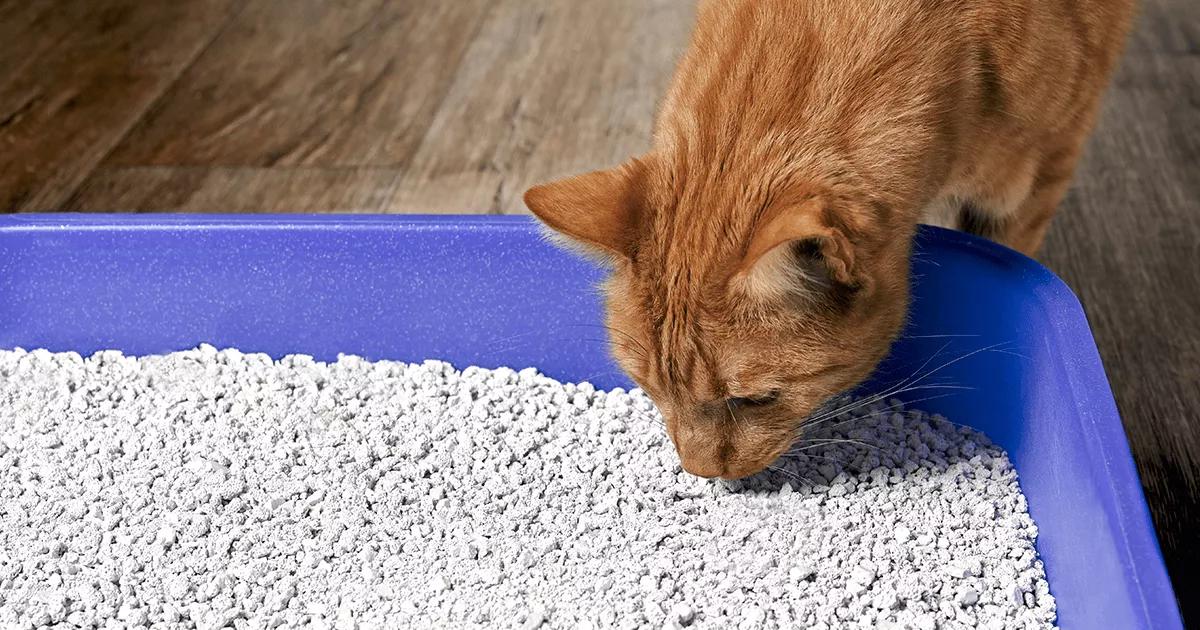
If you do find that your cat has started house soiling or urinating outside of their litter tray, there are various steps you can take:
- Clean and block the areas where your cat has soiled.
- Use FELIWAY Optimum to help your cat feel secure in the home. This will also promote harmony between cats if you have a multi-cat household.
- Make sure there is easy access to their litter tray at all times, and consider having more than one tray in different rooms. Cats like to toilet in quiet places that feel safe!
- Check you have multiple trays if you have a multi-cat household. Cats do not like to share - every cat should have at least one litter tray, each in separate areas.
- Try to find a litter substrate that your cat likes. Some cats prefer a non-scented litter with a fine sandy consistency, others like wood or sawdust. Use different substrates in different trays to find out which one they use the most.
- Make sure the litter tray is large enough. Your cat should be able to turn around inside it, it should be deep enough to hold enough substrate, and there should be easy access to step inside – this is particularly important to check if you have an older cat.
- Don’t use strong smelling cleaners or this may put your cat off using the litter tray. Remember, your cat has a very sensitive nose!
- Clean the tray and change the substrate regularly.
- Try moving the litter tray to the area where your cat chosen for unwanted urination (after cleaning, of course!). It may be that they prefer that place!
- Maintain your cat’s routine as much as possible, and make sure other key resources are undisturbed – for example, make sure they always have access to their food and water bowls, their hiding places, and that their one-on-one time with you continues.
- Never punish your cat for urinating outside the litter tray – they are not doing it to spite you, and punishment could make the problem worse.
If you’d like to know more tips about leaving cats home alone, check out all our other fantastic blogs online! Or if you have any questions, please don’t hesitate to get in touch – we’ll be delighted to share all the insights we can. And while you’re here, don’t forget to sign up to our newsletter to stay up to date with all our latest news, articles, and products


